I recently helped out on another Archaeology Day School – ‘An Introduction to Human Remains’ which was taken by Dr Heidi Dawson.
I like human remains. I’ve excavated human remains. But I have to admit to having limited experience of analysing human remains– which is what the day was about. So the day before, I printed out copies of the presentation, the additional resources and the worksheets for all of the participants, I gathered up the boxes of human remains which we were going to analyse and I eagerly awaited the following day.
So I arrived at Bristol Museum & Art Gallery early, met up with Heidi and we got ready for the day. After a slight hiccup with the projector and a missing lead we got started. Heidi started by talking about why archaeologists are interested in human remains and used examples from Wayland Smithy in Oxfordshire, as well as West Kennet and Fussell’s Lodge in Wiltshire, to show the variety of information which we can gather about a society. From burial and ritual practices, life expectancy, diet and nutrition, disease, population movements and much more!
Heidi had brought along the left hand side of one of her teaching skeletons for the participants to set out. So everyone lined up and took some of the bones and laid them out. There was no mixing of the leg bones and the arms
bones!! All of the bones were laid out exactly and no one used the labelled diagram.
Our second theory session was on the analysis of human remains and the techniques which archaeologists use. By examining individual skeletons we can tell whether the person was male or female, their age, lifestyle, diseases as well as any injuries during the individual’s lifetime.
For me, the most interesting aspect was learning about ‘Diffuse Idiopathic Skeletal Hyperostosis (DISH)’. This is a joint disease of the spine when the ligaments in the spine ossify (the process of laying down new bone material). The result of this that the spine has a melted candle wax appearance down the right side and the vertebrae fuse together. This main cause of this disease in still unknown but it has been connected with diabetes and obesity and appears to occur more in males than in females.
Did you know…?
If disease is present on bones, it means that the immune system was working and the individual may be someone who survived the disease. No evidence of disease on the bones suggests that the individual did not survive the disease.
If disease is present on bones, it means that the immune system was working and the individual may be someone who survived the disease. No evidence of disease on the bones suggests that the individual did not survive the disease.
After lunch, we unpacked the boxes and human remains and in groups started to lay out the bones. I worked with each of the groups helping were I could and answering questions. The more detailed questions I left to Heidi although we were both stumped when asked whether DNA analysis could be used to differentiate blood groups (with further research, I have found that in some cases - yes you can!)
Once the remains were laid out, each of the groups started to analyse their skeleton to found out as much as possible about the person.
One group had the remains of a monk from St James Priory in Bristol, who was older than 50 and suffered from the spinal joint disease Diffuse Idiopathic Skeletal Hyperostosis (DISH). This suggests that he had a rich diet during his
lifetime and may have had diabetes and/or was obese.
The second group had the remains of a young man, aged between 21 and 25, whose height was approximately 5 foot 10 inches and had possibly died from blood poisoning from an abscess in his jaw.
The third group had the partial remains of a female, aged over 50 and who may have had arthritis.
I can safely say that everyone, including myself, had a marvellous day learning about the analysis of human remains and what bones can tell us.
It makes me ponder what my bones will tell a future archaeologist about my life…
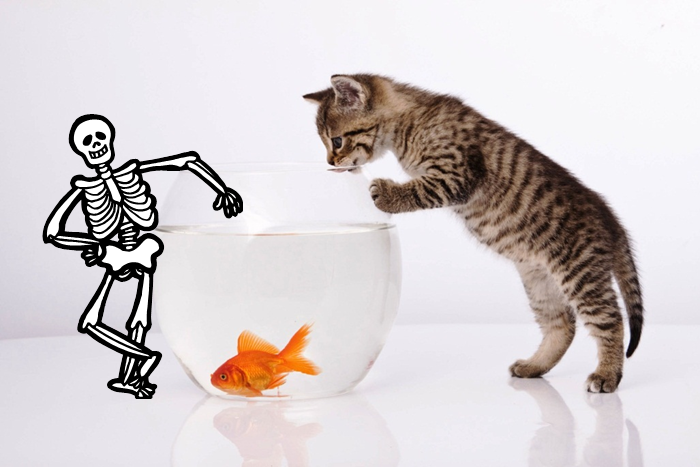
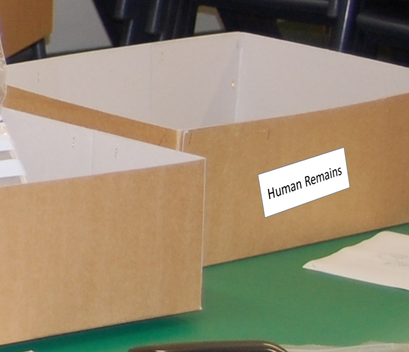
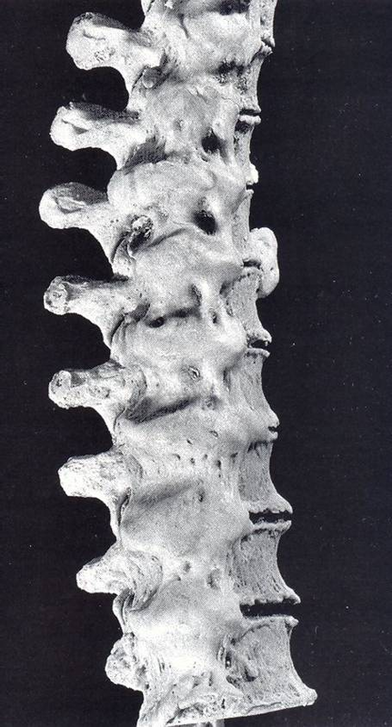
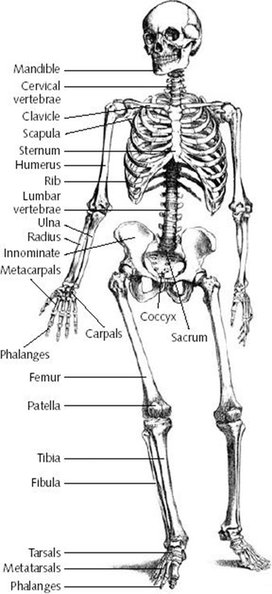
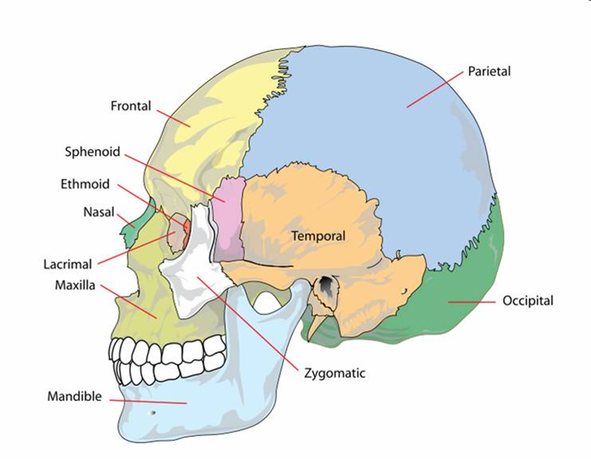
 RSS Feed
RSS Feed
